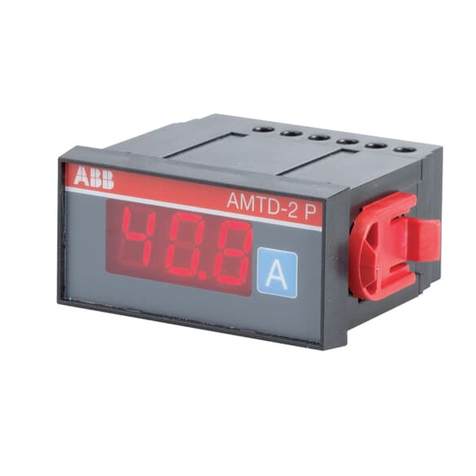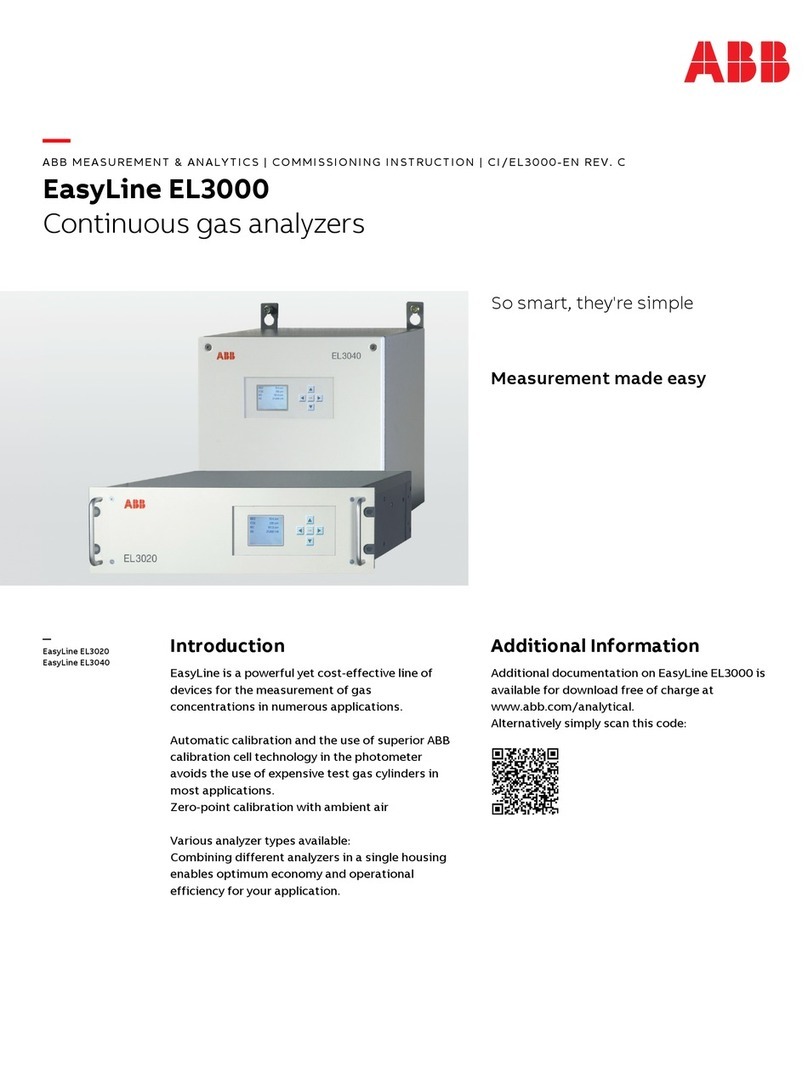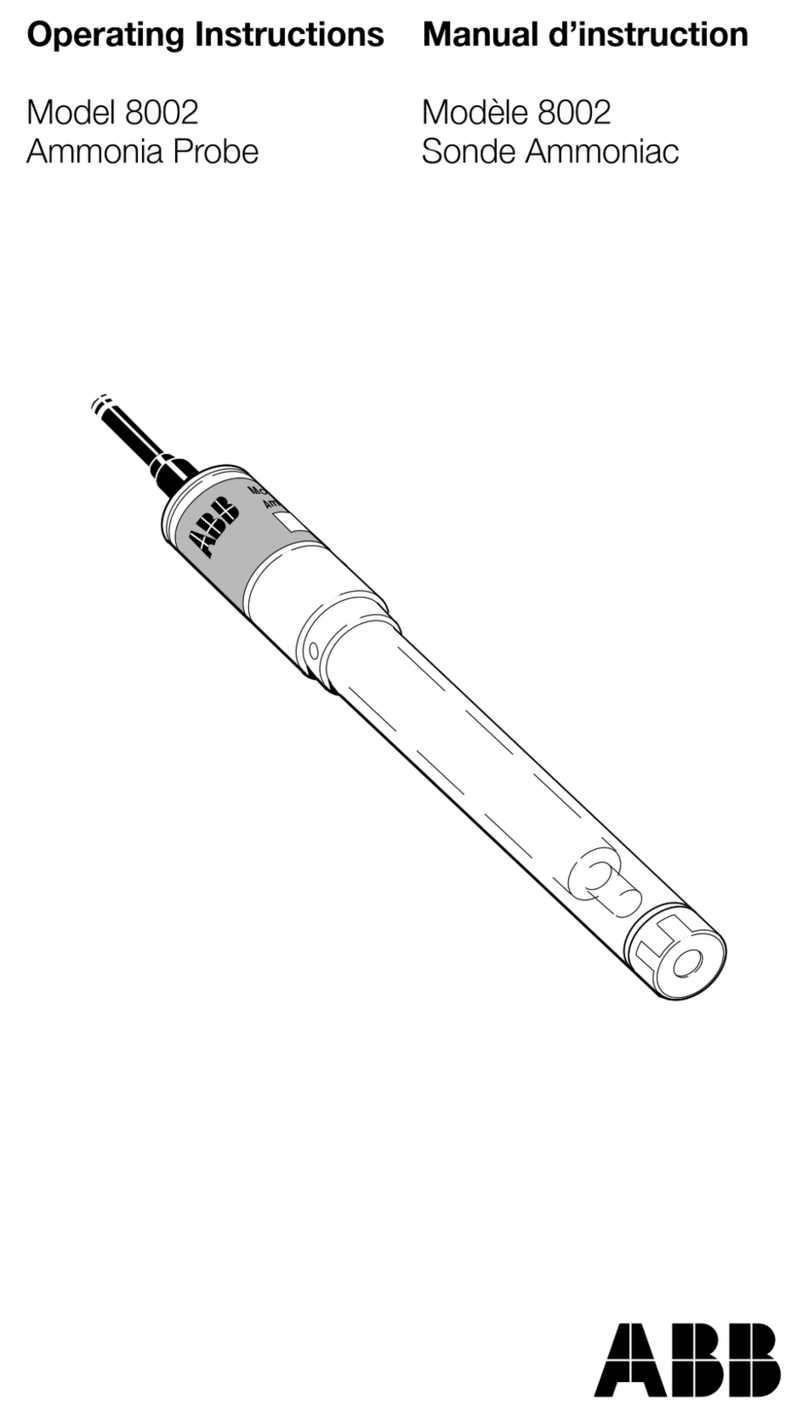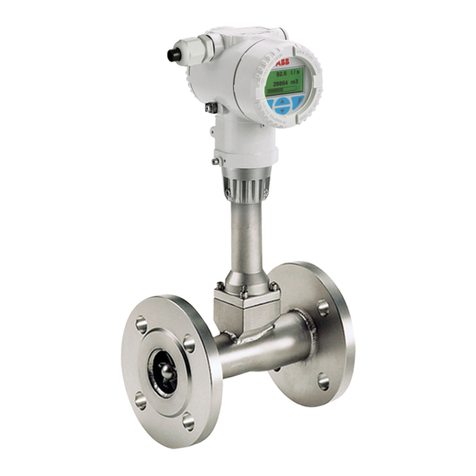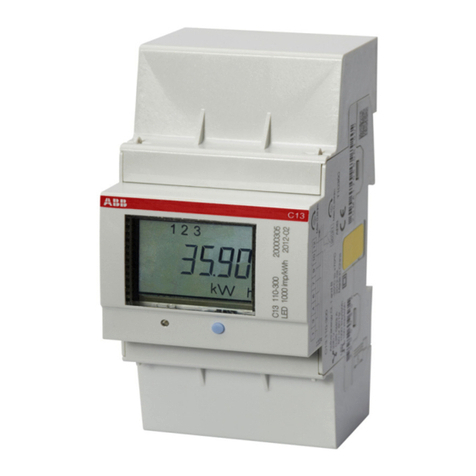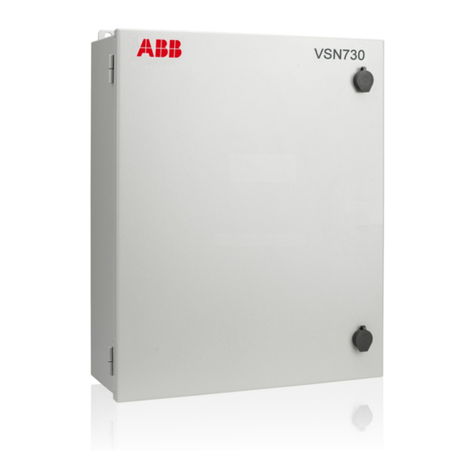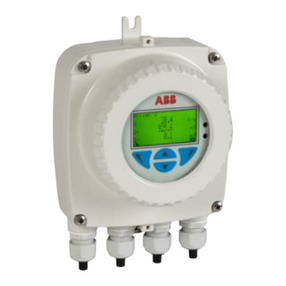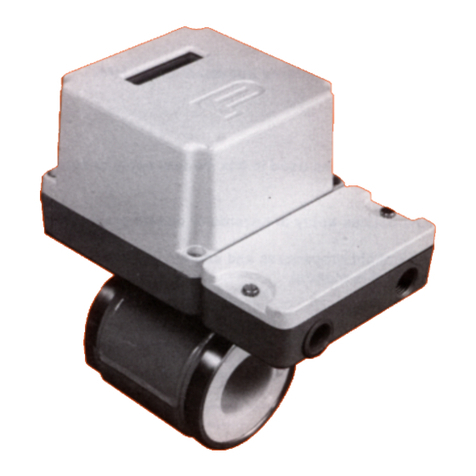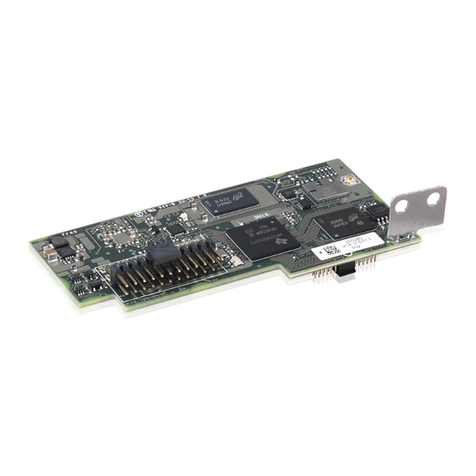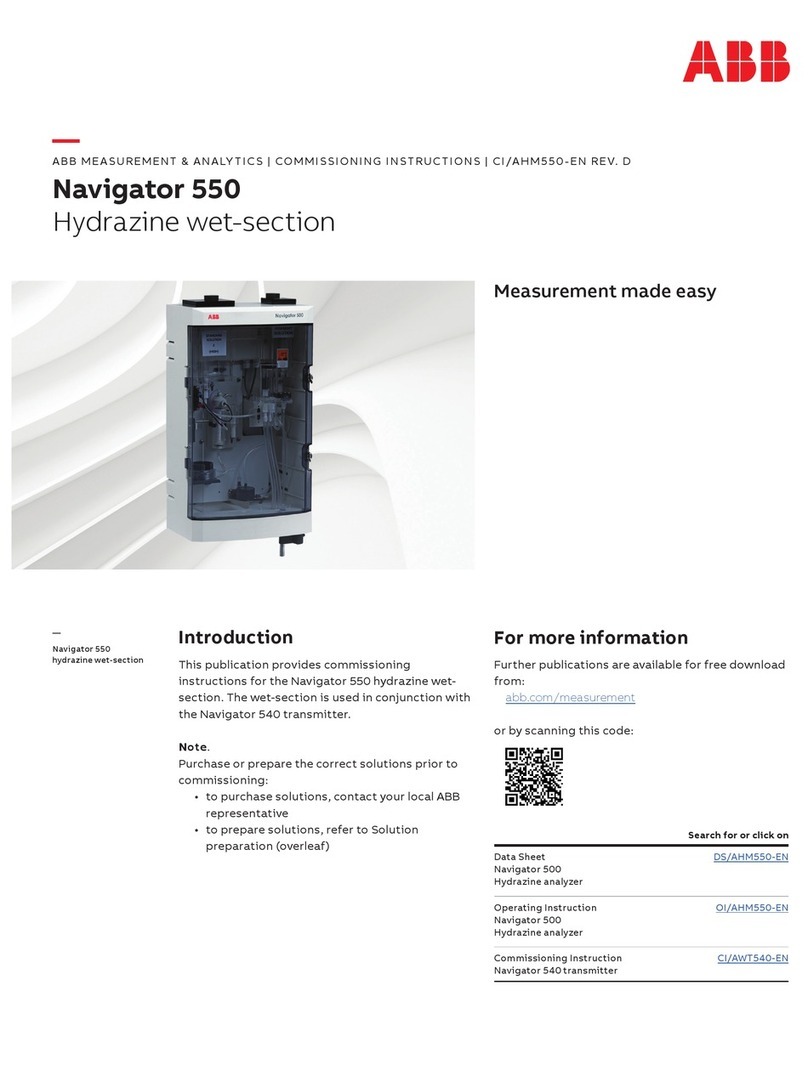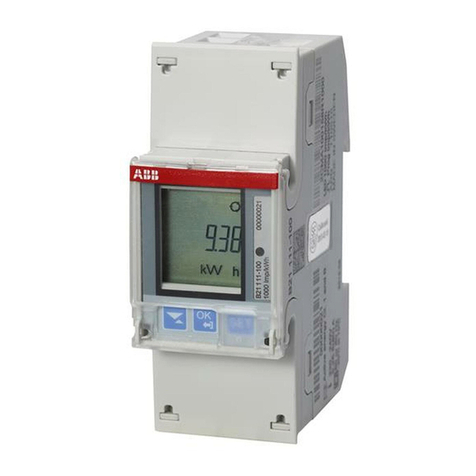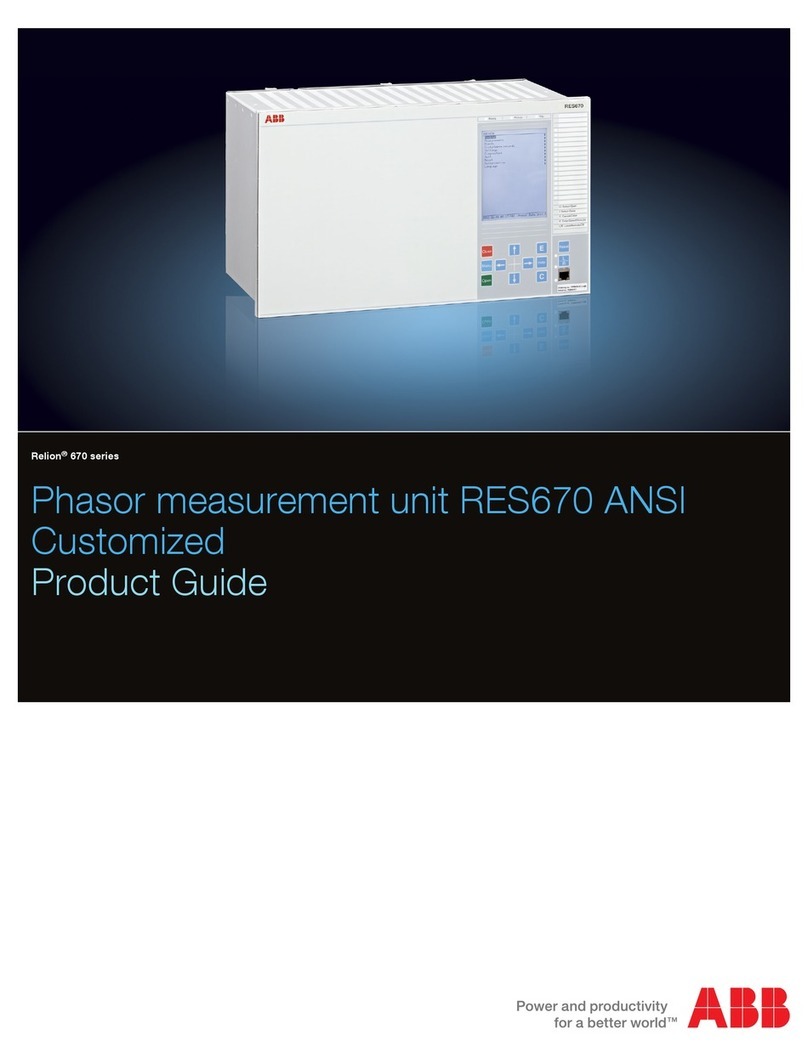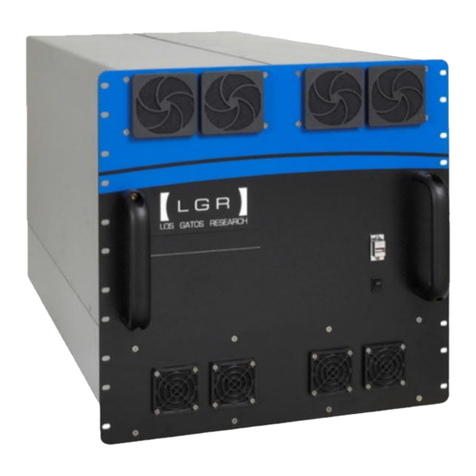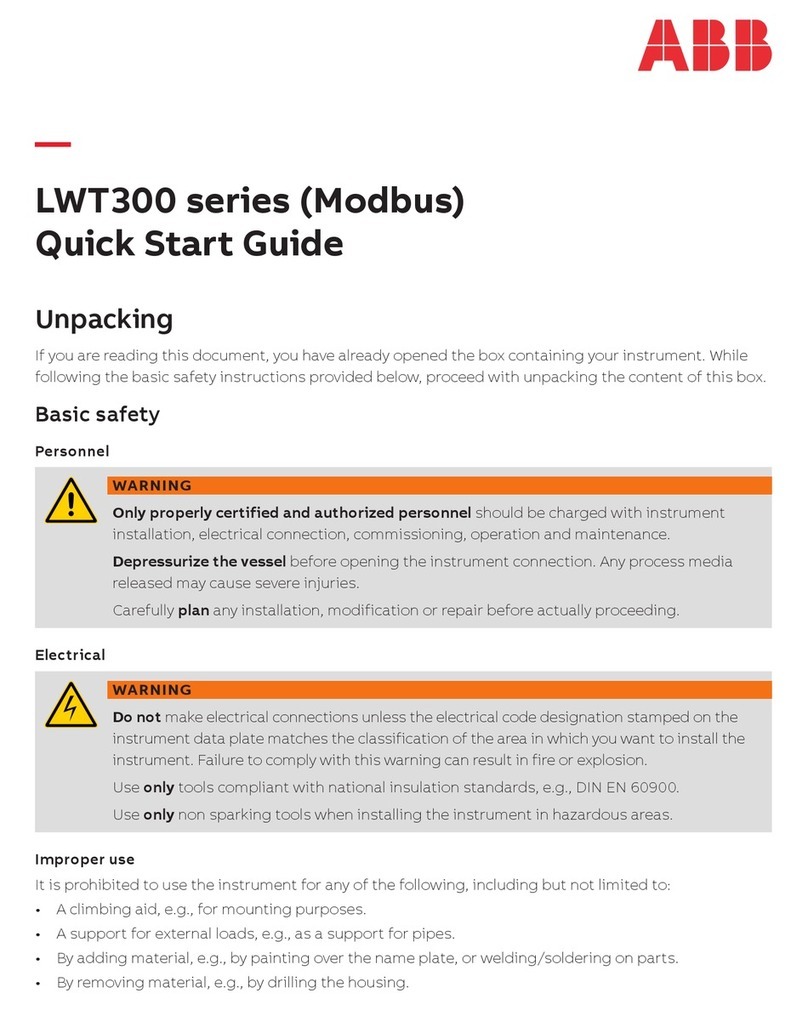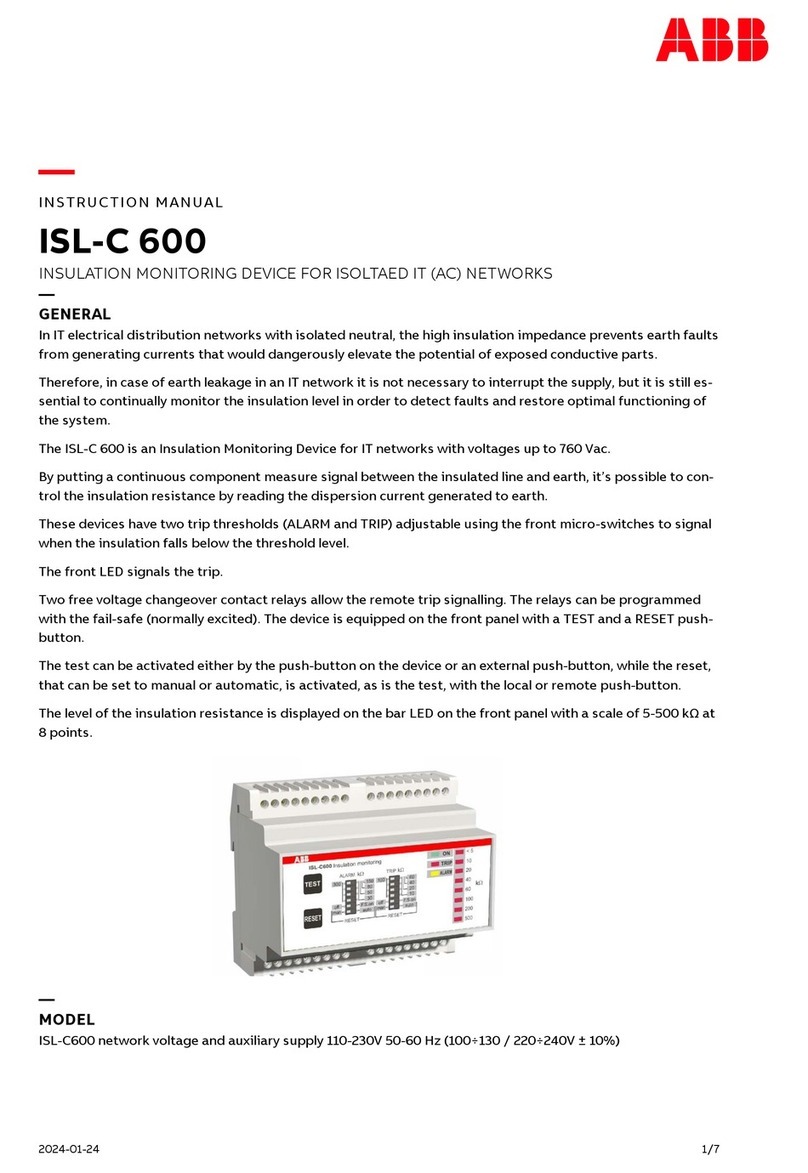
Contents
2 - EN ProcessMaster / HygienicMaster CI/FEP300/FEH300-EN
1Safety....................................................................................................................................................................4
1.1 General Safety Information ............................................................................................................................4
1.2 Symbols and warnings ...................................................................................................................................4
1.3 Intended use...................................................................................................................................................5
1.4 Improper use ..................................................................................................................................................5
1.5 Technical limit values .....................................................................................................................................5
1.6 Allowed Fluids ................................................................................................................................................6
1.7 Operator liability .............................................................................................................................................6
1.8 Personnel qualification ...................................................................................................................................6
1.9 Transport safety information ..........................................................................................................................6
1.10 Installation safety information.........................................................................................................................7
1.11 Electrical installation safety information .........................................................................................................7
1.12 Operating safety information ..........................................................................................................................7
2Transport..............................................................................................................................................................8
2.1 Inspection .......................................................................................................................................................8
2.2 Transport of flanged units smaller than DN 450 ............................................................................................8
2.3 Transport of flanged units larger than DN 400...............................................................................................8
3Installation............................................................................................................................................................9
3.1 General information on installation.................................................................................................................9
3.1.1 Supports for meter sizes larger than DN 400..........................................................................................9
3.1.2 Mounting the measuring tube................................................................................................................10
3.2 Torque information .......................................................................................................................................11
3.2.1 Flanged units ProcessMaster and HygienicMaster ..............................................................................11
3.2.2 Wafer type unit (HygienicMaster)..........................................................................................................13
3.2.3 Variable process connections (HygienicMaster)...................................................................................13
3.3 Information on 3A conformity .......................................................................................................................14
3.4 Installation Requirements.............................................................................................................................15
3.4.1 Electrode axis........................................................................................................................................15
3.4.2 In- and outlet pipe sections ...................................................................................................................15
3.4.3 Vertical connections ..............................................................................................................................15
3.4.4 Horizontal connections..........................................................................................................................15
3.4.5 Free inlet or outlet .................................................................................................................................15
3.4.6 Strongly contaminated fluids.................................................................................................................15
3.4.7 Installation in the vicinity of pumps .......................................................................................................16
3.4.8 Installing the high temperature design..................................................................................................16
3.4.9 Installation in pipelines with larger nominal diameters..........................................................................16
3.5 Ground..........................................................................................................................................................17
3.5.1 General information on ground connections.........................................................................................17
3.5.2 Metal pipe with fixed flanges.................................................................................................................17
3.5.3 Metal pipe with loose flanges................................................................................................................18
3.5.4 Non-metallic pipes or pipes with insulating liner ...................................................................................18
3.5.5 Sensor type HygienicMaster .................................................................................................................19
